How to Use Art Markers for Professional Drawing
Art markers have become a favorite tool among artists for their versatility and vibrant colors. Whether you're a seasoned professional or just starting, knowing how to use these markers effectively can elevate your artwork to new heights. Imagine being able to create stunning illustrations that pop off the page, capturing the attention of anyone who sees them. In this article, we will explore various techniques and tips for using art markers, helping you enhance your skills and creativity while achieving breathtaking results in your drawings.
Selecting the appropriate markers is crucial for professional results. With so many types of markers available, it can be overwhelming to decide which ones are best suited for your drawing needs and style. Here’s a quick breakdown of some common types:
| Type of Marker | Characteristics | Best For |
|---|---|---|
| Alcohol-Based Markers | Fast-drying, blendable, vibrant colors | Illustrations, comic art, and professional designs |
| Water-Based Markers | Non-toxic, easy to blend, and great for layering | Children’s art, sketching, and mixed media |
| Permanent Markers | Waterproof, fade-resistant, and long-lasting | Sign-making, labeling, and outdoor artwork |
When choosing your markers, consider factors like color vibrancy, blending ability, and the type of paper you’ll be using. It's essential to experiment with different brands and types to find the perfect fit for your artistic style.
Mastering various techniques can elevate your artwork. Art markers offer a range of possibilities, from blending and layering to shading, each contributing to the overall quality of your work. Let’s dive deeper into these techniques to enhance your drawing skills.
Blending is essential for achieving smooth transitions in color. To blend colors seamlessly using art markers, you can employ several methods:
- Colorless Blender: This special marker can help you merge colors together, creating soft gradients.
- Layering Colors: Apply lighter colors first and gradually layer darker shades on top for depth.
- Different Strokes: Experiment with various strokes—circular, back-and-forth, and stippling—to see which produces the desired effect.
By practicing these methods, you’ll find that blending becomes a natural part of your drawing process, allowing for more dynamic and visually appealing artwork.
Layering colors can add depth and dimension to your drawings. Start with a base layer of color and then build upon it with additional layers. This technique not only enriches the colors but also creates a more three-dimensional appearance in your work. Remember, patience is key here—allow each layer to dry before applying the next to avoid muddying your colors.
Shading can dramatically enhance the realism of your drawings. To create shadows and highlights effectively, consider the light source in your artwork. Use darker shades to depict shadows and lighter tones for highlights. Techniques like feathering and stippling can also help create a more realistic effect. The more you practice shading, the more natural it will feel, and soon enough, your drawings will have that extra touch of realism that captivates the viewer.
Proper maintenance of your art markers ensures longevity and performance. Here are some tips for storing and caring for your markers:
- Store markers horizontally to prevent ink from settling.
- Keep them in a cool, dry place away from direct sunlight.
- Replace caps immediately after use to prevent drying out.
By taking care of your markers, you can ensure they remain in top condition, ready to produce stunning artwork whenever inspiration strikes!
Textures can add interest and detail to your artwork. Utilizing different techniques with art markers can help you create unique textures that make your drawings more dynamic. From smooth gradients to rough surfaces, the possibilities are endless!
Stippling and cross-hatching are effective techniques for adding texture. Stippling involves creating patterns with small dots, while cross-hatching uses intersecting lines to create depth. Incorporating these methods into your drawings can enhance visual appeal and bring your artwork to life.
Combining art markers with other mediums can yield unique results. Try integrating markers with pencils, inks, and paints for innovative artwork. This mixed media approach not only expands your creative possibilities but also allows you to discover new techniques that enhance your overall style.
The finishing touches are essential for a polished look. Once your artwork is complete, consider how you want to present it. Framing, mounting, or even digital presentation can make a significant difference in how your work is perceived. Additionally, signing your artwork adds a personal touch, making it uniquely yours.
Q: Can I use art markers on any type of paper?
A: While you can use markers on various papers, it’s best to choose smooth, bleed-proof paper designed for markers to achieve optimal results.
Q: How do I fix mistakes made with markers?
A: You can often layer over mistakes with additional colors or use a colorless blender to soften the area. For larger mistakes, consider using correction fluid or a similar product.
Q: Are alcohol-based markers better than water-based markers?
A: It depends on your project! Alcohol-based markers tend to blend better and dry faster, while water-based markers are easier to work with for layering and are non-toxic.
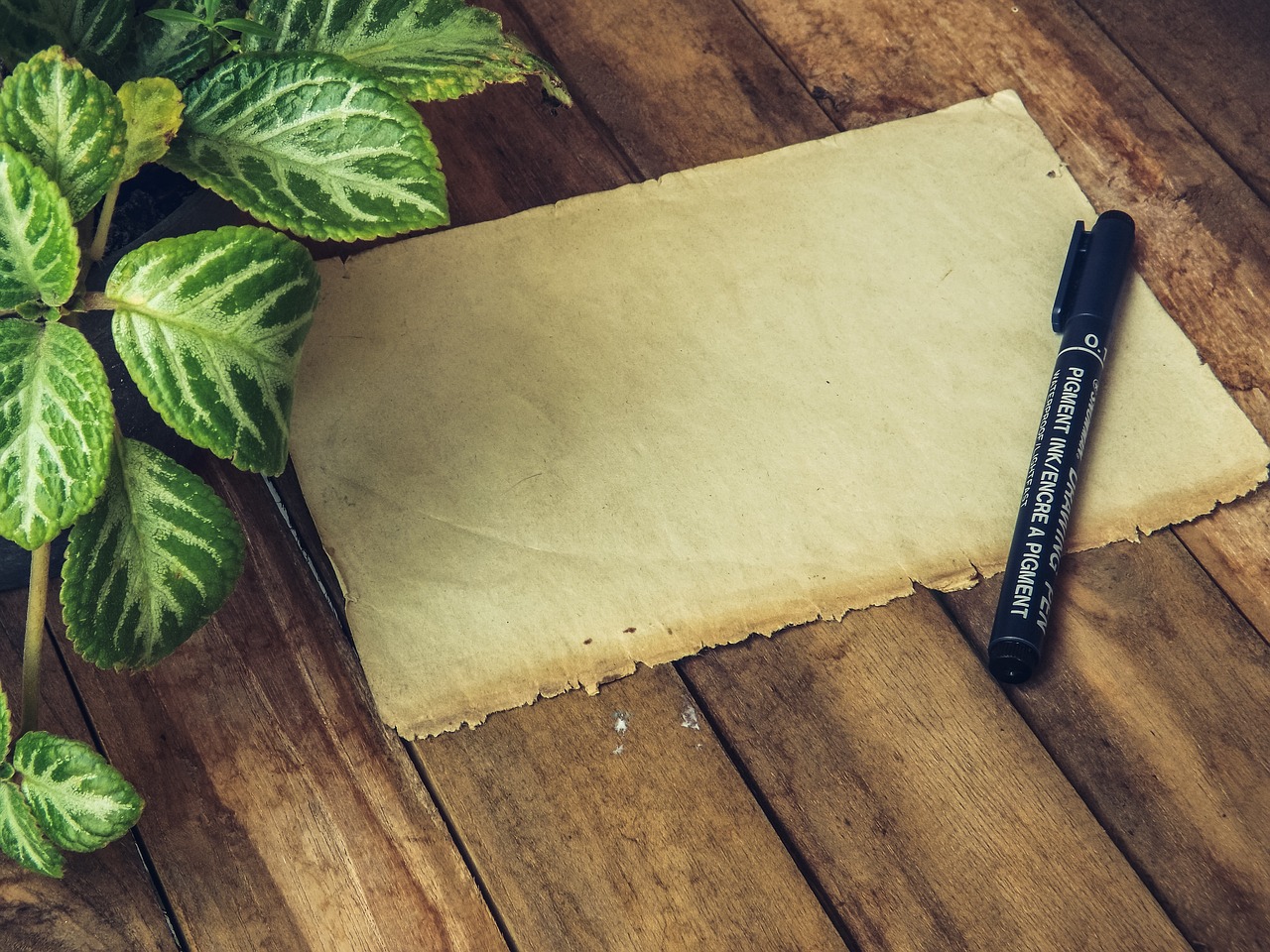
Choosing the Right Art Markers
When it comes to creating stunning artwork, the choice of art markers can make all the difference. With a plethora of options available on the market, how do you know which markers will best suit your needs? The first step is to understand the different types of markers. There are alcohol-based markers, which are known for their vibrant colors and ability to blend seamlessly. These are perfect for professional illustrations and detailed artwork. On the other hand, water-based markers are less intense but are ideal for beginners and for creating softer effects. They’re also easier to clean up!
Next, consider the tip size of the markers. Markers come with various tip sizes, from fine tips for intricate details to broad tips for filling in larger areas. If you want versatility in your drawing, opt for a set that includes both fine and chisel tips. This way, you can easily switch between detailed work and broader strokes without missing a beat.
Another essential factor is the color selection. A limited palette might restrict your creativity, while a vast array of colors can overwhelm you. Look for markers that offer a wide range of colors but also consider sets that come with complementary shades. This will allow you to create gradients and depth in your artwork. Some brands even provide color charts, which can be incredibly useful in planning your projects.
When choosing your markers, it’s also crucial to think about lightfastness. This term refers to how well the colors hold up against fading when exposed to light. If you plan on displaying your artwork, investing in lightfast markers will ensure that your pieces remain vibrant over time. Always check the manufacturer’s specifications for this information.
Lastly, don’t forget to consider the price point. While it can be tempting to go for the cheapest option, remember that quality often comes at a higher price. However, that doesn’t mean you have to break the bank. Look for brands that offer a good balance between quality and affordability. Sometimes, buying a smaller set of high-quality markers can be more beneficial than purchasing a large set of lower-quality ones.
To summarize, when selecting art markers, keep the following points in mind:
- Type of markers: Alcohol-based vs. water-based
- Tip size: Fine tips for details, broad tips for filling
- Color selection: Look for a range of colors and complementary shades
- Lightfastness: Ensure colors remain vibrant over time
- Price point: Balance quality with affordability
Choosing the right art markers is not just about picking colors; it’s about understanding how each type can enhance your creative process. So take your time, do your research, and invest in markers that will help you bring your artistic visions to life!
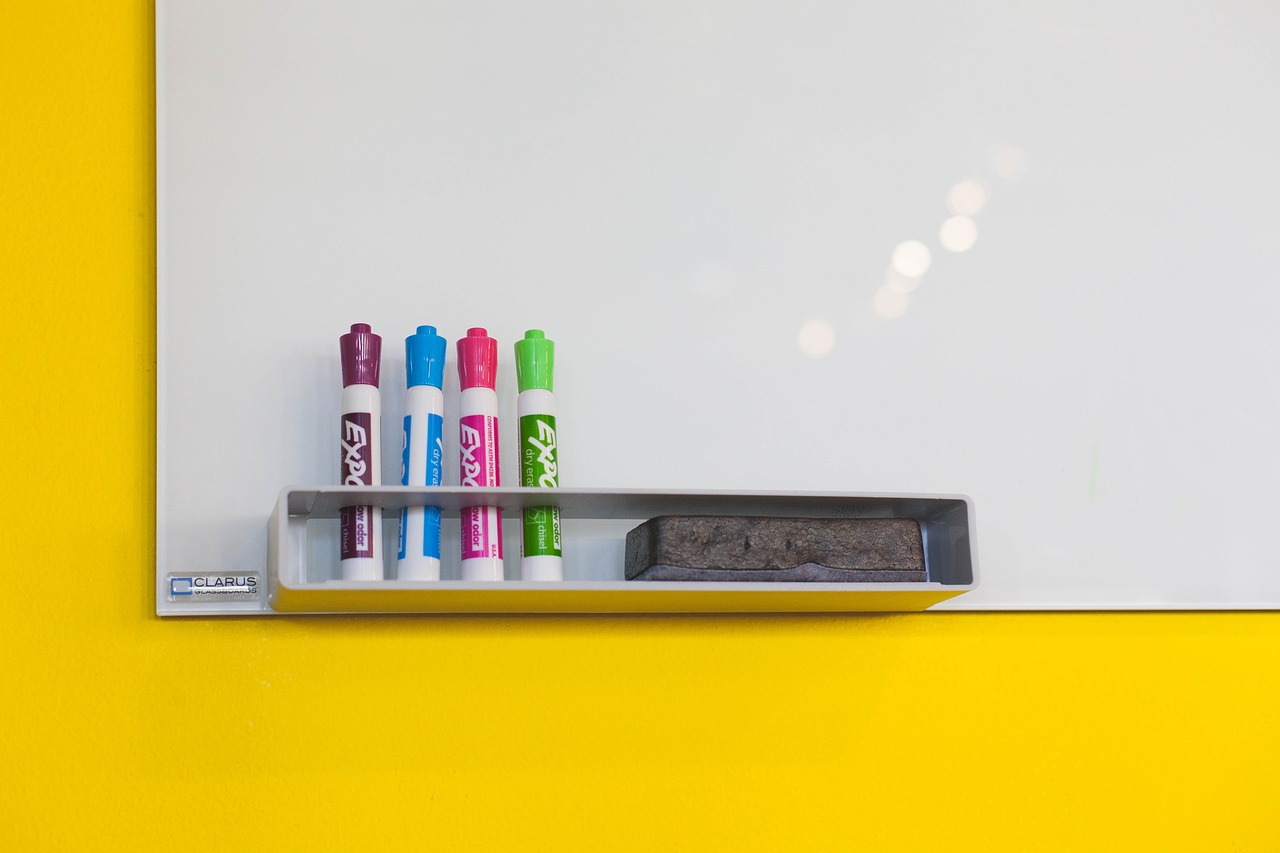
Understanding Marker Techniques
When it comes to art markers, understanding the various techniques can truly elevate your artwork from good to breathtaking. Think of it like cooking; just as a chef needs to master different culinary techniques to create a delicious dish, you need to master marker techniques to create stunning visuals. In this section, we’ll dive into the essential techniques that will help you harness the full potential of your markers, making your drawings not only eye-catching but also rich in detail and depth.
One of the first techniques you should familiarize yourself with is blending. Blending is crucial for achieving smooth transitions between colors, allowing you to create a more cohesive and polished look. Imagine trying to paint a sunset; the colors need to flow into one another seamlessly. With art markers, you can achieve this effect by using a few different methods. For instance, you can employ a blending solution or even use a lighter marker to soften the edges of your colors. The key is to work quickly, as markers dry fast, and to use light strokes to avoid over-saturating the paper.
To blend effectively, you might want to consider these methods:
- Colorless Blender: This special marker can help you merge colors together without altering their hue.
- Layering Colors: Apply one color, let it dry, and then layer another color on top for a beautiful gradient effect.
- Using Different Strokes: Experiment with circular, back-and-forth, or flicking motions to see how they affect the blending.
Next up is layering. This technique is all about building depth and richness in your artwork. Just like a cake, where each layer adds to the overall flavor, layering colors with markers can create a more vibrant and dynamic piece. Start with a base color and gradually add layers of darker or contrasting colors. This not only adds dimension but also allows for intricate details that can make your work pop off the page. Remember, patience is key; allow each layer to dry before adding the next to avoid muddying the colors.
Layering can also be used to create shadows and highlights. For instance, if you're drawing a fruit, you can start with a base color for the body and then add darker tones to the areas that would naturally be shaded. This technique can transform a flat image into a three-dimensional representation, making it look more realistic. The interplay of light and shadow is essential in art, and mastering layering will help you capture that beautifully.
Speaking of shadows, let’s not forget about shading. Shading can dramatically enhance the realism of your drawings. Think of it as the secret ingredient that adds flavor to your dish. To effectively shade with art markers, you can use a combination of blending and layering techniques. Start with a light touch and gradually build up the darkness in areas where shadows would naturally fall. The goal is to create a soft gradient that mimics how light interacts with objects.
Another effective method for shading is cross-hatching, where you draw parallel lines in one direction and then add another set of lines in a different direction. This technique can create a textured look that adds depth and interest to your artwork. The more you practice these shading techniques, the more comfortable you’ll become, and soon you’ll be able to create lifelike representations that captivate your audience.
Finally, maintaining your markers is just as important as mastering these techniques. Proper care ensures that your markers last longer and perform at their best. Store them horizontally to prevent the ink from pooling at one end, and always replace caps tightly to avoid drying out. By treating your tools with care, you set yourself up for success in your artistic endeavors.

Blending Techniques
Blending is one of the most magical aspects of using art markers, enabling you to create smooth transitions between colors that can transform a flat drawing into a vibrant masterpiece. Imagine standing in front of a breathtaking sunset, where the colors seamlessly merge into one another—that's the kind of effect you can achieve with effective blending techniques. The key to mastering this skill lies in understanding how to manipulate the markers and the paper you're working on.
One popular method for blending with art markers is the use of a blending solution. This special fluid helps to soften the ink, allowing you to create gradients that feel almost ethereal. To use a blending solution, simply apply a small amount to your marker tip or directly onto the paper and then work your colors into it. This method can produce stunning results, especially when you want to achieve a watercolor-like effect.
Another technique is to layer your colors gradually. Start with a lighter shade and build up to darker tones. This is akin to painting with watercolors; you want to allow each layer to dry slightly before adding the next. By doing this, you can create depth and dimension that draws the viewer in. Remember, patience is key here—rushing through the blending process can lead to muddy colors that detract from your artwork.
Using different strokes can also significantly impact your blending results. For instance, circular motions can help to blend colors more smoothly, while straight lines may create a more defined look. Experimenting with various strokes will help you discover what works best for your personal style. Here’s a quick reference table to help you remember different stroke techniques:
| Stroke Type | Effect |
|---|---|
| Circular | Smooth blending and soft transitions |
| Linear | Defined edges and sharper contrasts |
| Cross-Hatching | Textured effects and shading |
Lastly, don't forget the importance of the paper you choose. A smooth, high-quality paper can make a world of difference in how your markers blend. If you’re using low-quality paper, you might find that the ink absorbs too quickly, making it challenging to achieve the desired blending effects. So, invest in good paper—it’s worth it!
In conclusion, blending with art markers is an art form in itself, requiring practice and experimentation. Whether you’re using blending solutions, layering colors, or trying out different strokes, the possibilities are endless. So grab your markers, unleash your creativity, and watch as your drawings come to life with beautiful, blended colors!
- What is the best type of paper for blending with markers? High-quality, smooth paper is recommended to allow for better ink flow and blending.
- Can I use water with art markers for blending? While some artists do use water, it’s typically better to use a blending solution designed for markers to avoid damaging them.
- How can I fix mistakes when blending? You can use a colorless blender marker or a blending solution to lighten areas and correct blending errors.
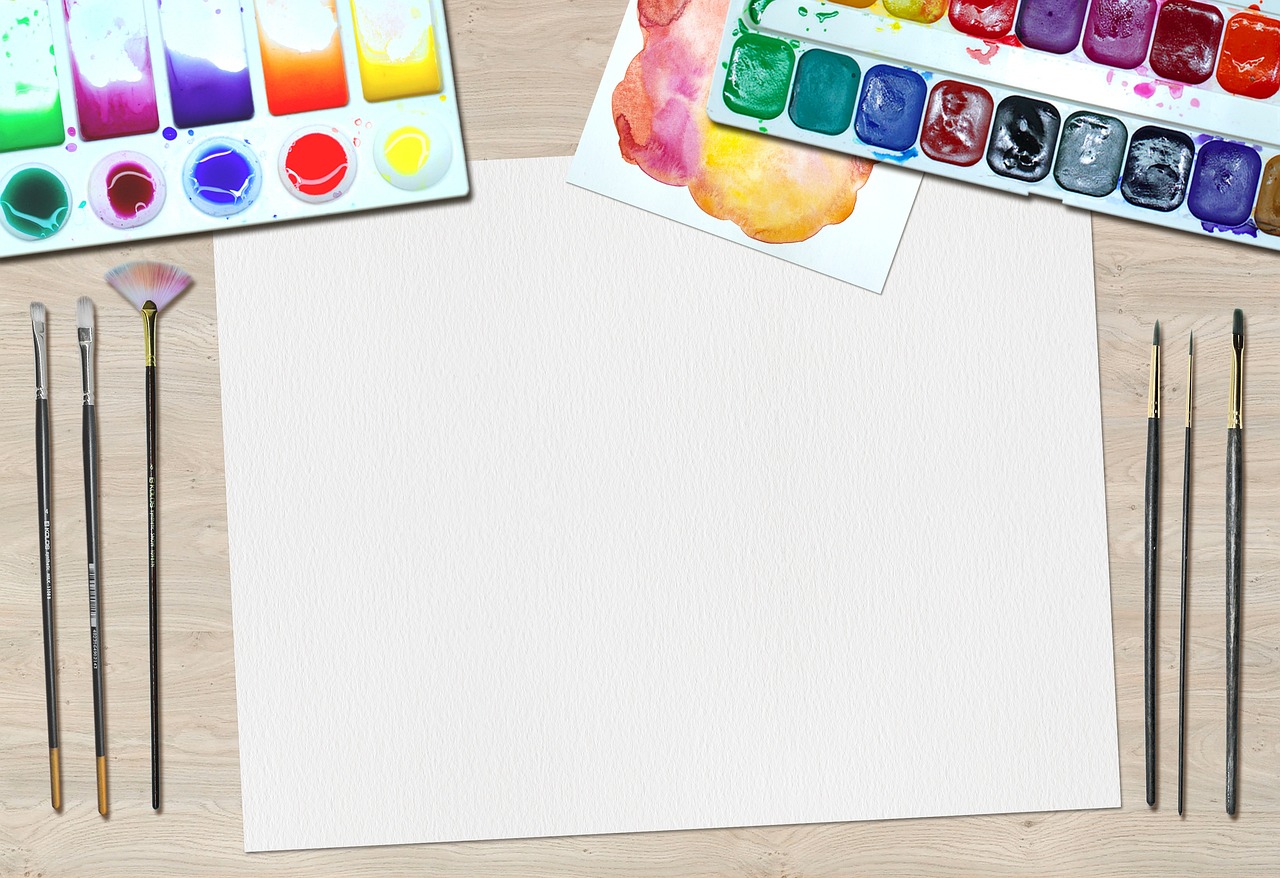
Layering for Depth
Layering is one of the most powerful techniques you can use when working with art markers, and it’s essential for creating depth and dimension in your drawings. Imagine your artwork as a multi-layered cake; each layer adds flavor and complexity, making the whole experience richer. When you apply this concept to art markers, you can transform a flat image into a vibrant, three-dimensional piece that draws the viewer in.
To effectively layer with markers, start with a light base color. This is akin to laying down the foundation of a house; it sets the stage for everything that follows. Once your base is established, you can gradually build up darker shades and complementary colors. This gradual buildup allows for smooth transitions and prevents harsh lines that can detract from the overall look of your artwork.
When layering, consider the following tips:
- Use Transparent Colors: Many art markers are semi-transparent, which means you can layer colors to create new hues. This is particularly useful for achieving a range of shades without needing to mix colors physically.
- Work from Light to Dark: Always start with your lightest colors and progressively add darker tones. This method allows for better blending and prevents the darker colors from overpowering the lighter ones.
- Experiment with Different Angles: Changing the angle of your strokes can create varied textures and effects. Try using a flicking motion at different angles to see how it impacts the layering process.
One effective method to enhance depth is to use a technique called “color glazing.” This involves applying a thin layer of a transparent color over your existing layers. Think of it as adding a tinted glass over a window; it modifies the view without completely obscuring what’s underneath. By glazing, you can subtly shift the overall tone of your artwork while maintaining the integrity of the layers beneath.
Additionally, don’t be afraid to revisit previous layers. If you feel that a certain area lacks depth or vibrancy, go back and add more color. This iterative process is crucial in achieving a polished look. It’s like sculpting; sometimes, you need to chip away at the stone to reveal the masterpiece within.
Lastly, always remember to step back and assess your work from a distance. This will help you see how the layers interact with one another and whether they achieve the depth you’re aiming for. Just like in a good movie, where the plot thickens with each scene, your artwork should evolve with each layer, creating an engaging narrative that captivates your audience.
Q: How many layers should I use when working with art markers?
A: There’s no strict rule, but generally, 3 to 5 layers should suffice for most projects. It all depends on the effect you want to achieve!
Q: Can I use water to blend my markers when layering?
A: Yes, some markers are water-soluble, and using a wet brush can help create beautiful blends. Just be sure to test it on a scrap piece first!
Q: What type of paper is best for layering with markers?
A: Look for smooth, heavyweight paper designed for markers. It helps prevent bleeding and allows for better layering.
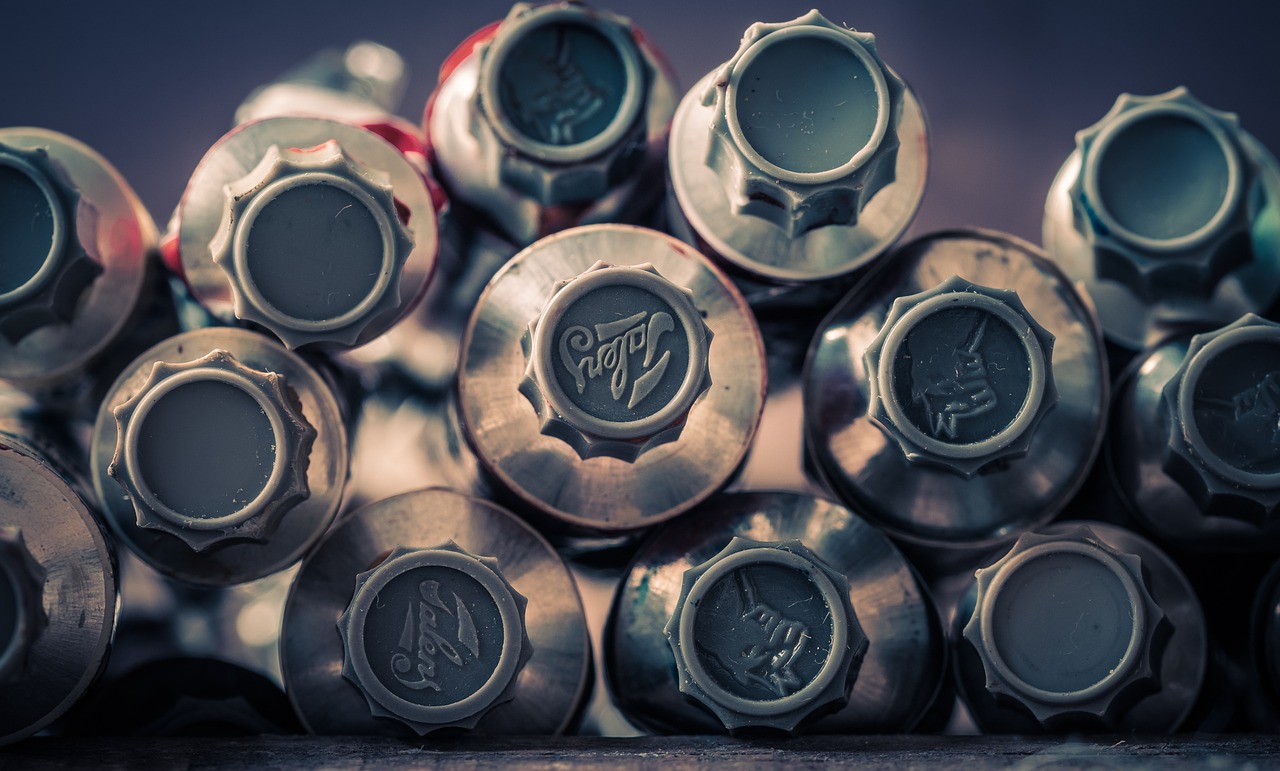
Shading Techniques
Shading is one of the most vital aspects of drawing, especially when using art markers. It can transform a flat image into a three-dimensional masterpiece, giving it life and depth. Imagine shading as the magic wand of your artwork; with the right techniques, you can create captivating shadows and highlights that make your subjects pop off the page. So, how do you achieve that stunning effect? Let's dive into some effective shading techniques that will elevate your drawings to a professional level.
One of the most common methods for shading with markers is the use of gradients. Gradients are smooth transitions from one color to another and can be achieved by layering different shades of the same color. Start with a lighter shade and gradually add darker tones, blending them together as you go. This technique mimics the natural way light interacts with surfaces, allowing you to create realistic shadows. For instance, when shading a sphere, you would apply a light color at the top where the light hits and a darker shade on the opposite side to indicate shadow.
Another popular technique is hatching. Hatching involves drawing closely spaced parallel lines to create areas of shadow. The closer the lines are, the darker the area will appear. This technique is particularly effective for creating texture and depth. You can also combine hatching with cross-hatching, where you draw another set of parallel lines that intersect the first set. This method allows for even more control over the darkness of the shaded area. For example, by varying the density of your lines, you can create subtle gradients that enhance the realism of your artwork.
When it comes to shading, blending is your best friend. Using a blending solution or a colorless blender marker can help you achieve smooth transitions between colors. Simply apply your base color, and then use the blending solution to soften the edges where two colors meet. This technique is especially useful for skin tones or any area where a soft gradient is desired. Remember, practice makes perfect! Don't hesitate to experiment with different blending techniques until you find what works best for you.
Lastly, don't underestimate the power of layering. Layering is essential for building depth in your artwork. Start with light colors and gradually add darker shades, allowing each layer to dry before adding the next. This technique not only enhances the richness of your colors but also allows you to correct mistakes easily. If you find that an area is too dark, simply add a lighter layer on top to soften it. The beauty of art markers lies in their versatility, and layering is a prime example of how you can manipulate them to achieve your desired effect.
In summary, mastering shading techniques with art markers can dramatically enhance the quality of your drawings. From gradients and hatching to blending and layering, each technique offers unique opportunities to create depth and realism. So grab your markers, practice these techniques, and watch your artwork transform into something truly spectacular!
- What type of paper is best for using art markers?
Using smooth, bleed-proof paper is ideal for art markers. It prevents the ink from soaking through and allows for better blending and layering.
- Can I use art markers on canvas?
Yes, you can use art markers on canvas, but make sure to use a suitable primer to ensure the ink adheres properly.
- How do I fix mistakes made with markers?
You can use a colorless blender to lighten areas or layer lighter colors over darker mistakes to correct them.
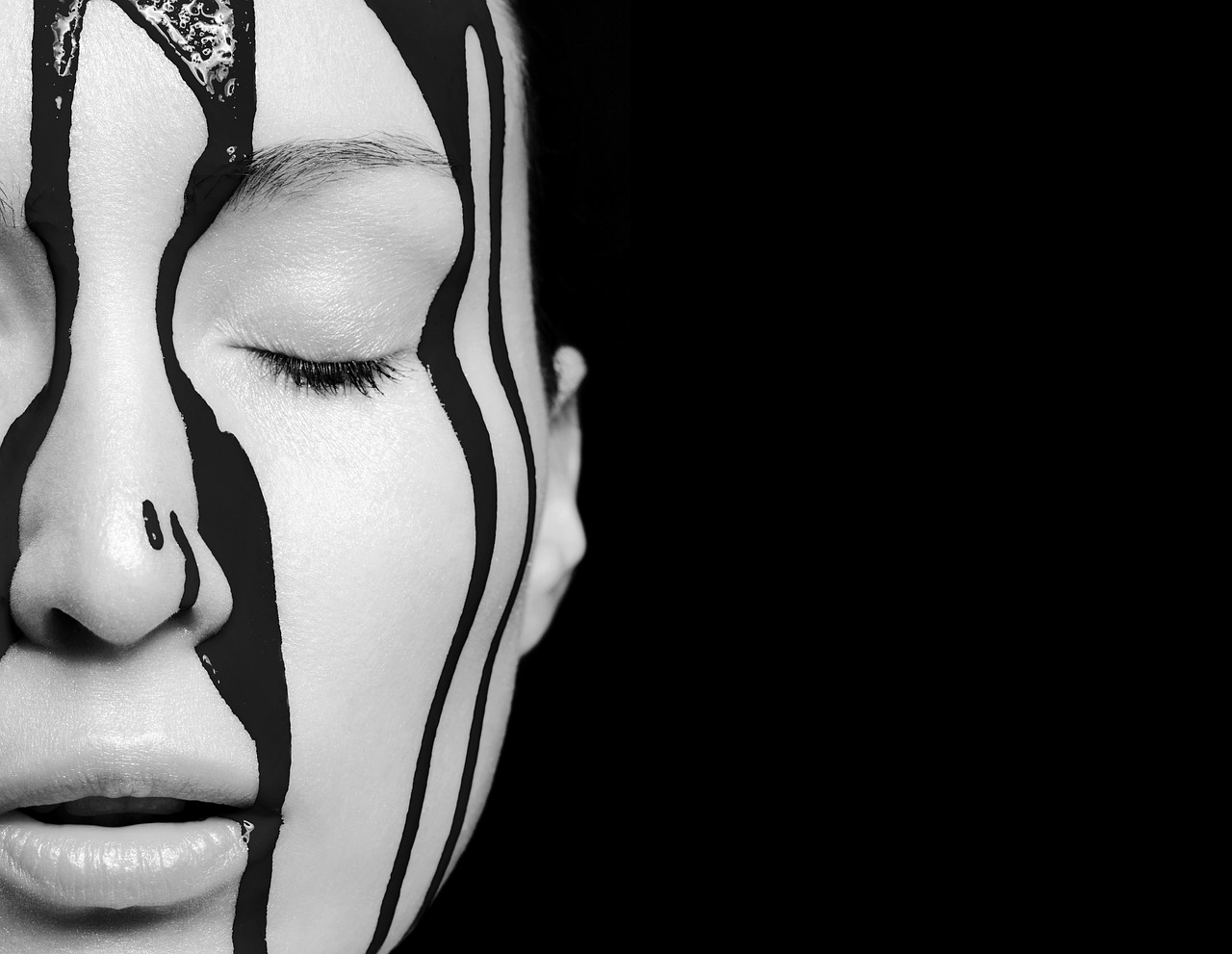
Maintaining Your Markers
Maintaining your art markers is essential for ensuring they perform at their best and last as long as possible. Just like any tool, proper care can make a world of difference in how your markers function and the quality of your artwork. Imagine trying to paint a masterpiece with a brush that’s lost its bristles – it just wouldn’t work! Similarly, neglecting your markers can lead to frustration and subpar results.
One of the most important aspects of marker maintenance is storage. Always store your markers horizontally to prevent the ink from pooling at one end. This simple tip can help keep the ink evenly distributed, ensuring a consistent flow when you use them. If you have alcohol-based markers, consider investing in a marker storage container that allows them to lie flat. Additionally, avoid exposing your markers to extreme temperatures or direct sunlight, as this can cause the ink to dry out or fade.
Another key factor is cleaning the nibs. Over time, the tips of your markers can become clogged with dried ink, which can affect the quality of your lines and colors. To clean the nib, gently wipe it with a soft cloth or paper towel. For stubborn clogs, you can dip the nib in a small amount of rubbing alcohol and gently blot it until the ink flows freely again. However, be cautious with this method, as too much alcohol can damage the nib.
Furthermore, it’s vital to keep track of your markers’ ink levels. Some markers come with a transparent barrel that allows you to see the ink inside, while others may not. If you notice that a marker is running low, it’s a good idea to refill it or replace it before it runs out completely. Many brands offer refillable markers, which can save you money in the long run and reduce waste.
In summary, maintaining your markers involves:
- Storing them horizontally to prevent ink pooling.
- Keeping them away from extreme temperatures and sunlight.
- Regularly cleaning the nibs to ensure smooth ink flow.
- Monitoring ink levels and refilling or replacing as needed.
By following these simple maintenance tips, you can extend the life of your art markers and ensure that they continue to deliver stunning results in your drawings. Remember, a well-cared-for tool is a happy tool, and your artwork will reflect that care!
Q: How often should I clean my markers?
A: It's a good practice to clean your markers after every few uses, especially if you notice any clogging. Regular maintenance will keep them in top shape.
Q: Can I store my markers upright?
A: It's best to store markers horizontally to prevent the ink from settling at one end. However, if you must store them upright, keep the nib side up.
Q: How do I know when my marker is running low on ink?
A: If you notice a decrease in color intensity or the marker feels lighter than usual, it might be time to refill or replace it.
Q: Are there special cleaning solutions for markers?
A: While rubbing alcohol is commonly used, some brands offer specific marker cleaning solutions that can be effective without damaging the nib.
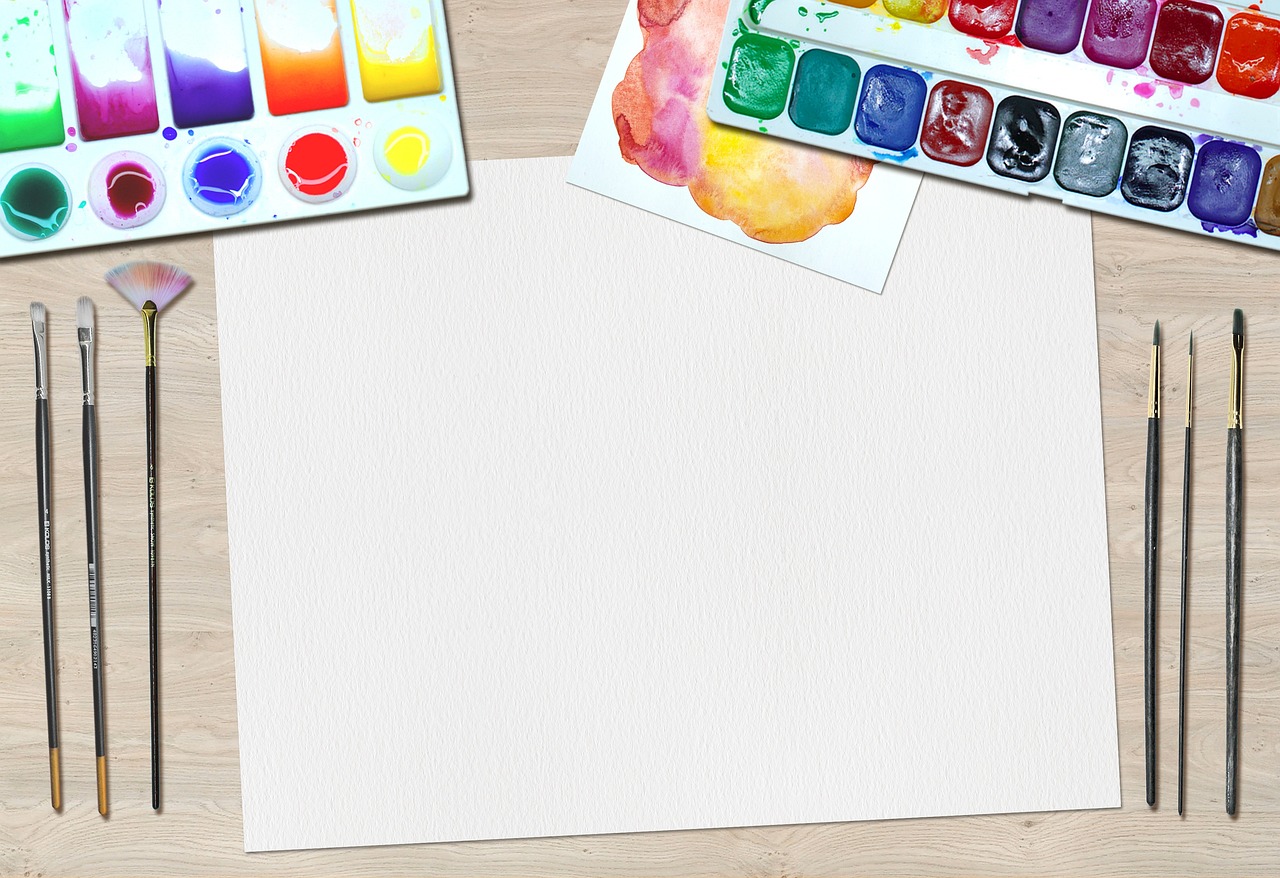
Creating Textures with Markers
When it comes to art markers, the ability to create textures can truly transform your artwork from ordinary to extraordinary. Think of your drawing as a canvas of possibilities, where each stroke can add depth and character. Whether you’re aiming for a soft, dreamy background or a rugged, textured foreground, mastering the art of texture creation with markers can elevate your work significantly. So, how do you achieve these stunning effects? Let’s dive into some practical techniques that will help you bring your drawings to life!
One of the most effective ways to create textures is through stippling and cross-hatching. Stippling involves using small dots to build up areas of shading and texture. The closer the dots are to each other, the darker the area appears. This technique is perfect for creating soft gradients or intricate details. On the other hand, cross-hatching requires drawing intersecting lines to create shadows and depth. The more layers of lines you add, the more complex the texture becomes. Both techniques can be used in tandem to create a rich tapestry of visual interest in your artwork.
To illustrate the differences between these techniques, consider the following table that highlights their characteristics:
| Technique | Description | Best For |
|---|---|---|
| Stippling | Using dots to create texture and shading. | Soft gradients and detailed textures. |
| Cross-Hatching | Drawing intersecting lines to add depth. | Shadows and bold textures. |
Another exciting method to consider is layering. Layering allows you to build up colors and textures gradually, creating a more dynamic visual effect. Start with a light base color and gradually add darker shades. This technique not only enhances the depth of your artwork but also allows for a smoother transition between colors. For instance, if you’re drawing a tree, you might begin with a light green and layer on darker greens and browns to create a realistic bark texture.
Additionally, don’t shy away from experimenting with different strokes. Varying your stroke direction and pressure can yield different textures. For example, a light flick of your wrist can create a feathery texture, while a firm stroke can produce a bold, solid line. Mixing these techniques can lead to unexpected and delightful results, giving your artwork a unique flair.
Finally, consider integrating mixed media into your marker work. Combining markers with watercolors, colored pencils, or even pastels can enhance the textural quality of your drawings. For example, you might use markers to create the base of a landscape and then add watercolor washes for atmospheric effects. This combination not only enriches the texture but also allows for a broader range of expression in your artwork.
In summary, creating textures with art markers involves a blend of techniques, experimentation, and a willingness to explore new methods. By incorporating stippling, cross-hatching, layering, and mixed media, you can enhance the depth and interest of your artwork, making it stand out in a crowded field. So grab your markers, and let your creativity flow!
- What types of markers are best for creating textures? Look for high-quality alcohol-based markers, as they blend well and allow for smooth layering.
- Can I use art markers on different types of paper? Yes, but it's best to use paper specifically designed for markers to prevent bleeding and ensure the best results.
- How do I clean my markers after use? While you can't clean markers like brushes, you can store them horizontally and ensure the caps are tightly sealed to maintain their quality.
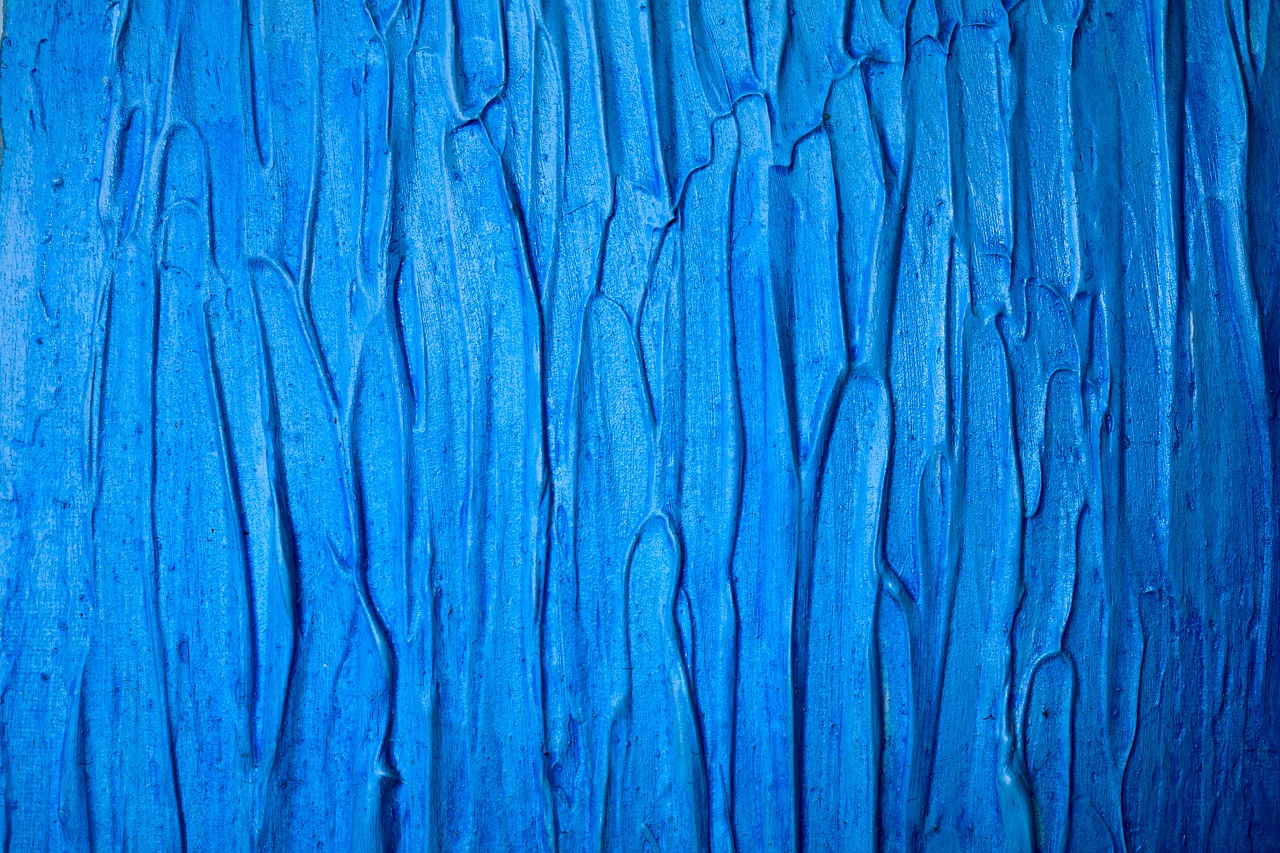
Using Stippling and Cross-Hatching
When it comes to adding texture and depth to your drawings, stippling and cross-hatching are two of the most effective techniques you can master. Both methods allow you to create intricate details and shading that can transform a flat image into a dynamic piece of art. But how do you get started with these techniques? Let's dive in!
Stippling involves using tiny dots to create shading and texture in your artwork. This technique can be particularly effective for creating soft gradients and subtle variations in tone. The beauty of stippling lies in its simplicity; all you need is a marker and a steady hand. Start by placing dots closely together in areas where you want darker shadows, and gradually space them out as you move to lighter areas. The more dots you add, the darker the area will appear. It’s like building a small universe of dots that come together to form a cohesive image!
On the other hand, cross-hatching uses intersecting lines to create depth and dimension. This method is fantastic for adding dramatic contrasts and can be adjusted easily by varying the pressure and angle of your strokes. To get started, draw parallel lines in one direction, then add another set of lines crossing over them at an angle. The more layers of lines you add, the darker the area will become, giving you control over the shading. It’s akin to weaving a tapestry; with each stroke, you build upon the last to create something rich and textured.
To help you visualize the differences between these techniques, take a look at the table below:
| Technique | Description | Best Used For |
|---|---|---|
| Stippling | Creating shading with tiny dots | Soft gradients and textures |
| Cross-Hatching | Using intersecting lines for shading | Dramatic contrasts and defined shapes |
Both techniques can be used individually or combined to create even more complex textures. Imagine the possibilities when you mix stippling with cross-hatching! You can create an artwork that has both soft and sharp contrasts, making it visually captivating. So, grab your markers and start experimenting! Remember, practice makes perfect, and the more you play around with these techniques, the more natural they will become.
As you develop your skills, don’t hesitate to explore different styles and subjects. You might find that stippling works beautifully for botanical illustrations, while cross-hatching might be your go-to for dramatic portraits. The key is to find what resonates with you and lets your creativity flow.
Lastly, always remember that art is subjective. What works for one artist may not work for another. So, embrace your unique style and let your creativity shine through your stippling and cross-hatching techniques!
- What materials do I need for stippling and cross-hatching?
All you need are quality art markers and paper. A fine-tip marker is great for stippling, while a brush marker can be used for cross-hatching. - Can I use these techniques on different types of paper?
Yes! Experiment with different textures of paper to see how they affect your stippling and cross-hatching. - How do I know when to use stippling versus cross-hatching?
It depends on the effect you want to achieve. Use stippling for softer, more gradual shading and cross-hatching for sharper contrasts.
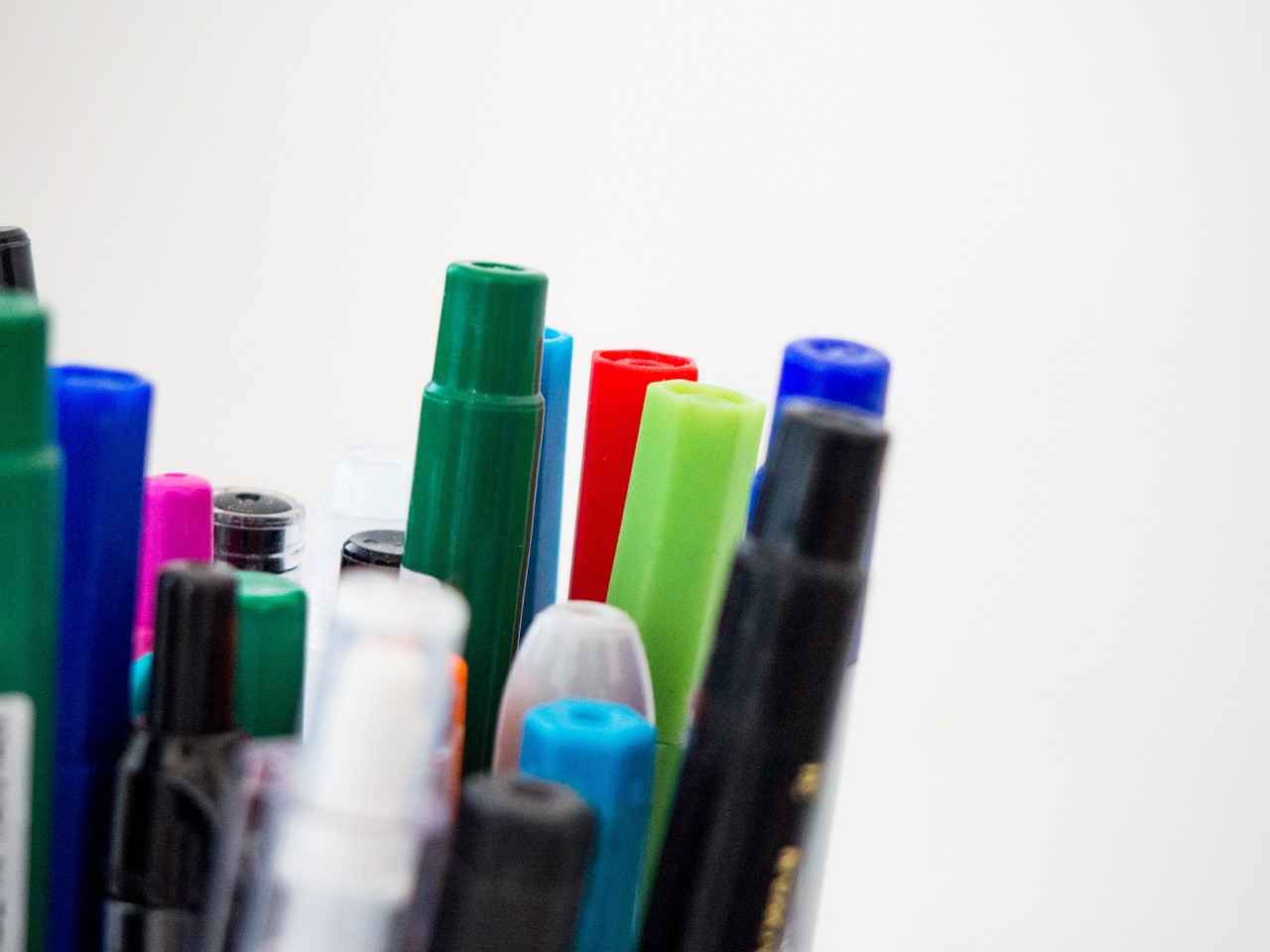
Experimenting with Mixed Media
When it comes to enhancing your artwork, can be a game changer. Imagine combining the vibrant hues of art markers with the subtle textures of colored pencils or the fluidity of watercolor paints. This fusion not only elevates your drawings but also opens up a world of creative possibilities. By blending different mediums, you can create layers of depth and intrigue that will captivate your audience.
One of the most exciting aspects of mixed media is the freedom it offers. There are no strict rules; it's all about what feels right for your artistic vision. For instance, you might start with a base layer of watercolor to establish a soft background, then use art markers to add sharp, defined details on top. This approach can create a stunning contrast that draws the viewer's eye. Don't be afraid to play! Let your imagination run wild and see what unique combinations you can come up with.
To get started with mixed media, consider these essential tips:
- Layering Techniques: Start with lighter mediums and build up to heavier ones, ensuring that each layer dries before applying the next. This prevents smudging and maintains the integrity of your work.
- Color Harmony: Choose colors that complement each other. A color wheel can be a handy tool to help you find harmonious combinations.
- Test Swatches: Before diving into your main piece, create small test swatches to see how different mediums interact. This can save you from unexpected surprises later on!
Another exciting technique is to use textured surfaces. Experimenting on different types of paper, such as watercolor paper or textured cardstock, can dramatically change the outcome of your artwork. The way the markers lay down on these surfaces can add a unique touch that enhances the overall aesthetic. For instance, using rough paper can create a more organic feel, while smooth paper allows for cleaner lines and sharper details.
Finally, don't forget about incorporating other elements like inks, pastels, or even digital enhancements. Each medium brings its own flavor to the table, and when combined, they can create a rich tapestry of visuals. Whether you're adding ink outlines to your marker drawings or using pastels for soft highlights, the possibilities are endless. So grab your markers, let your creativity flow, and start experimenting with mixed media to discover the artist within you!
Q1: Can I use any type of paper for mixed media?
A1: While you can experiment with different types of paper, it's best to use paper that can handle the mediums you choose. Watercolor paper is great for mixed media because it can absorb moisture from paints while still allowing markers to glide smoothly.
Q2: Do I need to seal my mixed media artwork?
A2: Sealing your artwork can help protect it from fading and smudging. Use a spray fixative or a clear acrylic sealer, but make sure to test it on a small area first to ensure it doesn't alter the colors.
Q3: How can I combine digital tools with traditional mixed media?
A3: You can scan your traditional artwork and enhance it digitally using software like Photoshop or Procreate. This allows you to add effects, adjust colors, or incorporate digital elements, creating a unique blend of traditional and modern techniques.

Final Touches and Presentation
When it comes to showcasing your artwork, the final touches can make all the difference between a good piece and a stunning masterpiece. After pouring your heart and soul into your drawing with art markers, it’s time to step back and evaluate how to present your work in the best light. Think of this process as the cherry on top of your artistic sundae; it’s what elevates your creation from ordinary to extraordinary.
First and foremost, consider the presentation method. Are you planning to frame your artwork, or will it be displayed digitally? If you're framing it, choose a frame that complements the colors and style of your drawing. A well-chosen frame not only protects your art but also enhances its visual appeal. For digital presentations, ensure your artwork is scanned or photographed in high resolution to capture all the intricate details that your markers brought to life.
Next, let’s talk about the finishing touches. This is where you can add your signature or any additional elements that might enhance the overall look of your piece. A small signature in the corner can add a personal touch, making it clear who the talented artist is behind the creation. You might also consider adding a protective coating, such as a fixative spray, to safeguard your work against smudging and fading. Just remember to apply it in a well-ventilated area and follow the manufacturer's instructions for the best results.
Another essential aspect of presentation is the lighting. If you're showcasing your art in a gallery or at home, good lighting can dramatically affect how your artwork is perceived. Natural light is always a winner, but if that's not an option, consider using soft, adjustable LED lights that can highlight the colors and textures of your markers without causing glare.
Finally, think about how you want to display your work. You could opt for a simple wall display or get creative with an art installation. If you’re participating in an exhibition, ensure your pieces are arranged thoughtfully, considering the flow of viewers and the overall aesthetic of the space. A well-curated display can draw people in and invite them to appreciate your work more deeply.
In summary, taking the time to focus on the final touches and presentation of your artwork can elevate your creations significantly. Whether it’s through careful framing, thoughtful lighting, or a unique display method, these details are what will allow your art to shine. So, don’t rush this process; instead, treat it with the same care and creativity that you invested in your drawing.
- What is the best way to frame my art marker drawings?
Choose a frame that complements your artwork's colors and style. Consider using a mat board to add depth. - How can I protect my artwork from fading?
Using a fixative spray can help protect your markers from smudging and fading. Be sure to apply it in a well-ventilated area. - What lighting is best for displaying art?
Natural light is ideal, but soft LED lights can also work well to highlight your artwork without causing glare. - Should I sign my artwork?
Yes! Adding your signature not only personalizes your work but also establishes your brand as an artist.
Frequently Asked Questions
- What types of art markers are best for professional drawing?
When it comes to professional drawing, the best art markers are typically alcohol-based markers. They offer vibrant colors, smooth application, and excellent blending capabilities. Brands like Copic, Prismacolor, and Winsor & Newton are popular choices among artists for their quality and variety.
- How can I improve my blending techniques with art markers?
Improving your blending techniques can be achieved through practice and experimentation. Start by layering colors gradually and use a colorless blender or a lighter shade to smooth out transitions. Try different strokes, such as circular or flicking motions, to see what works best for your style.
- What is the best way to maintain my art markers?
To maintain your art markers, store them horizontally to prevent ink from settling. Keep the caps tightly closed when not in use to avoid drying out. Regularly clean the nibs with a damp cloth or paper towel to remove any dried ink, ensuring they perform well for a long time.
- Can I use art markers on different types of paper?
Yes, you can use art markers on various types of paper, but the results may vary. For the best outcome, choose smooth, bleed-proof paper designed for markers. This helps prevent feathering and allows for better blending and layering.
- What techniques can I use to create textures with art markers?
Creating textures with art markers can be done through techniques like stippling and cross-hatching. Stippling involves making small dots to build up shading, while cross-hatching uses intersecting lines to create depth. Experimenting with these methods can add a dynamic quality to your artwork.
- Is it possible to combine art markers with other mediums?
Absolutely! Combining art markers with other mediums like colored pencils, inks, or watercolors can yield unique and exciting results. This mixed media approach allows you to explore different textures and effects, enhancing the overall impact of your artwork.
- What are the final touches I should consider for my artwork?
Final touches can include adding highlights, refining edges, or applying a protective spray to preserve your work. Additionally, consider how you present your artwork—framing it nicely or using a portfolio can make a significant difference in how it is perceived.


















